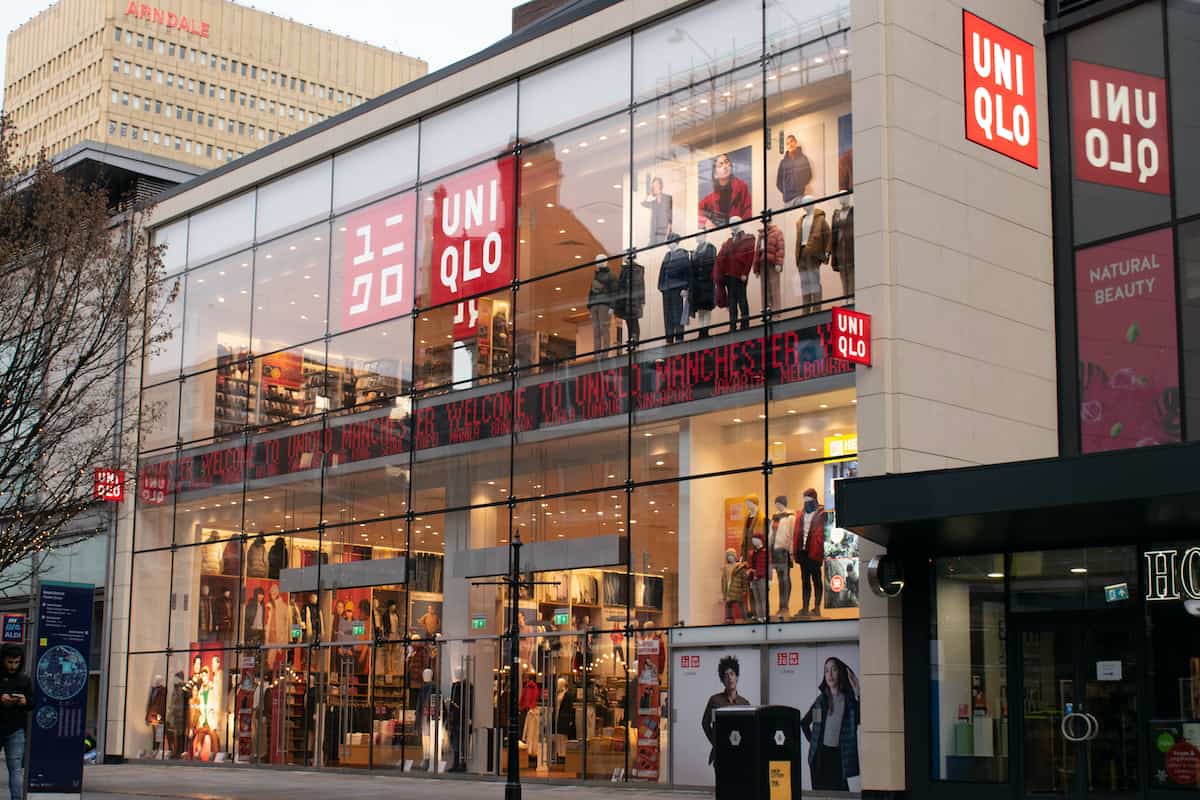Amit Kumar Verma, Analyst, Timetric
According to a new report by Timetric, the rising ecommerce market is forecast to push the growth of Saudi Arabia’s electronic payments industry over the next couple of years.
The study finds that the value of ecommerce transactions grew rapidly in Saudi Arabia during the review period, from £329.7m (SAR1.7bn) in 2010 to £1.43bn (SAR7.5bn) in 2014, and was estimated at £1.86bn (SAR9.8bn) in 2015. By 2019, Timetric expects the country’s ecommerce transactions to double, to reach £3.73bn (SAR19.5bn). This rapid expansion will continue to encourage the Saudi population to shift to online payment methods.
The government’s initiatives to develop the ecommerce market will support the growth of electronic payments in the country. For example, the Ministry of Commerce and Industry introduced the first draft of the eCommerce Law in February 2015 to increase the competitiveness in the ecommerce market as well as to enhance customers’ trust in online shopping.
In addition, an increase in purchasing power in the wake of rising disposable income, coupled with high mobile penetration, is anticipated to push the online purchasing behaviour of Saudi residents. Many banks – such as Al Rajhi Bank, Riyad Bank, the National Commercial Bank and SABB – have started to offer cards exclusively targeted at online shoppers. These cards are offered as supplementary cards to their primary cards and share the credit limit of the primary card. Moreover, they are embedded with Chip and PIN technology and 3D-Secure features to allow secure online transactions.
As more than half of the Saudi Arabian population is below the age of 30, the technologically advanced young Saudis readily adopt digital channels. Moreover, with banks launching Sharia-compliant credit cards, the rise in uptake of credit cards is likely to boost the online purchasing behaviour of young Saudis. This trend is anticipated to drive the growth of online transactions further as well as support the expansion of electronic payments in the country.
Paul Skeldon, Mobile Editor, InternetRetailing
Retail ecommerce sales in Asia-Pacific were expected to hit £601bn ($877.61bn) in 2015, up 35.7% from 2014. For the first time, the region will not only have the largest digital retail market in the world, but its share of global retail spend will also reach 52.5% – the first time it holds an outright majority of the world market.
This rapid growth from Asia-Pacific predicted in eMarketer’s latest forecast for retail sales around the world is in part driven by the rising middle classes in China, India and Indonesia, and the increasing popularity of mobile devices, which is driving more people online throughout the region.
Digital retail sales in Asia-Pacific are also growing faster than any other region, and more than 10 percentage points faster than the worldwide average rate. China, India and Indonesia are the main drivers of growth in the region, with the latter two markets enjoying growth of 129.5% and 65.6%, respectively, in 2015.
China alone will have accounted for over 40% of the world’s retail ecommerce sales in 2015, up nearly 5 percentage points from 2014. China will continue to gain share of the worldwide market, exceeding 50% in 2018 and reaching 55.1% by 2019, the end of eMarketer’s forecast period. Ecommerce is the primary driver of overall retail sales growth in the country.
“This rapid growth in Asia-Pacific coupled with faster internet service and greater mobile uptake, is heating up the competitive landscape where large local players are increasingly vying for market share by improving their logistics and mobile platforms, and in some cases moving entirely to an app-only service,” said Monica Peart, eMarketer’s Director of Forecasting.
Asia-Pacific also outperforms the rest of the world in terms of the share of its total retail market transacted online. Retail ecommerce now accounts for 10.2% of all retail sales in Asia-Pacific and is projected to rise to 20.4% of the total by 2019. That compares to 7.4% on average worldwide, and a projected 12.8% in 2019.
These markets are also of vital importance to UK retailers. As we reported in November, 47% of Chinese online shoppers hit UK websites, with 83% of them doing so on mobile.
Emma Herrod, Editor, InternetRetailing
Ecommerce in France continues to gather pace as the market grew by 14.3% in 2015. In total, the French spent £50.61bn (€64.9bn) online during the year, according to French ecommerce association Fevad. The number of transactions increased by 19%, rising from 700 million in 2014 to 835 million in 2015.
Online sales grew more quickly in 2015 than in the previous year (+11% in 2014), in particular thanks to much higher sales than those forecast in the first nine months and in the run up to Christmas. Sales online during November and December increased by 12% over 2014’s level to reach £9.98bn (€12.8bn).
However, the average spend per transaction continues to decrease. Basket sizes fell by £3.90 (€5) compared to the 4th quarter of 2014, thus bringing the annual average basket down to £60.83 (€78), the lowest amount ever recorded. This decrease in the average basket confirms that online purchasing is becoming the norm for French consumers; each year, online is growing closer to the average amount of purchases made via other sales channels.
The decrease continues to be offset by an increase in buying frequency as well as the growing number of new consumers shopping online for the first time. The number of online shoppers increased by 2.3m, according to audience measurement company Médiamétrie.
On average, each consumer shopped online 23 times during 2015 and spent a total of £1,388 (€1,780), compared to £1,279 (€1,640) in 2014. This represents an increase of 13% in the annual number of orders per buyer and an annual expenditure which has increased by 8%. Over the past four years, buying frequency has increased by 68% and the average amount spent has grown by 45%, says Fevad. There are also 20% more buyers than four years ago and the number of ecommerce sites continues to grow.
Sales via mobile devices and marketplaces are gaining market share in France as sales through marketplaces is estimated to have reached about £2.34bn (€3bn) in 2015, accounting for 9% of online product sales. Sales via smartphones and tablets increased by 39% and are estimated to account for more than £4.68bn (€6bn) or 10% of the ecommerce market.
Ecommerce is predicted to grow by 10% in 2016 to pass the £54.59 (€70bn) barrier.
Nir Debbi, Co-founder, CMO at Global-e
China’s total ecommerce market is expected to increase by 50% to £1.06trillion ($1.5trillion) by 2020. With increased interest from Chinese shoppers for foreign products bought on international websites this is a great opportunity for UK retailers.
Over 36% of Chinese shoppers are already purchasing cross-border. This trend is driven by China’s growing middle class population, accelerated internet and smartphone penetration and in part by fears over the scale of counterfeit or poor quality goods on sale domestically. China’s rapidly growing ecommerce market offers great opportunity for trusted international retailers to grow sales. UK brands, in particular, are really quite coveted in China.
However, most western retailers are ignoring this opportunity. Research that Global-e commissioned recently shows that almost half (45%) of the UK’s largest online retailers are completely ignoring China’s burgeoning ecommerce market, with just 55% of retailers offering shipping to China.
The study of the UK’s 150 largest online retailers found that just over a quarter (26%) of retailers that ship to China offer shoppers the ability to pay in Yuan and present prices in local currency. The remainder are leaving shoppers in China to estimate for themselves how much products will cost to buy, which means shoppers could be hit by sudden currency exchange fluctuations or fees from their bank.
Similarly, only 22% of retailers that ship to China offer Chinese shoppers the ability to pay using local payment methods, such as e-wallets and bank transfers like Alipay or Tenpay, which account for more than 80% of ecommerce payments, or Chinese payments cards such as UnionPay. Of retailers that do accept Chinese payment methods, 42% offer a single option, barring some prospective customers from making a purchase.
Merchants selling in China must consider shipping and returns, localised pricing, local payment methods and prepayment of taxes and duties. Delivering a localised shopping experience needn’t mean building standalone websites or negotiating deals in each market. Retailers can work with specialist partners to achieve this level of personalisation, reducing the time and money spent on cross-border commerce.





